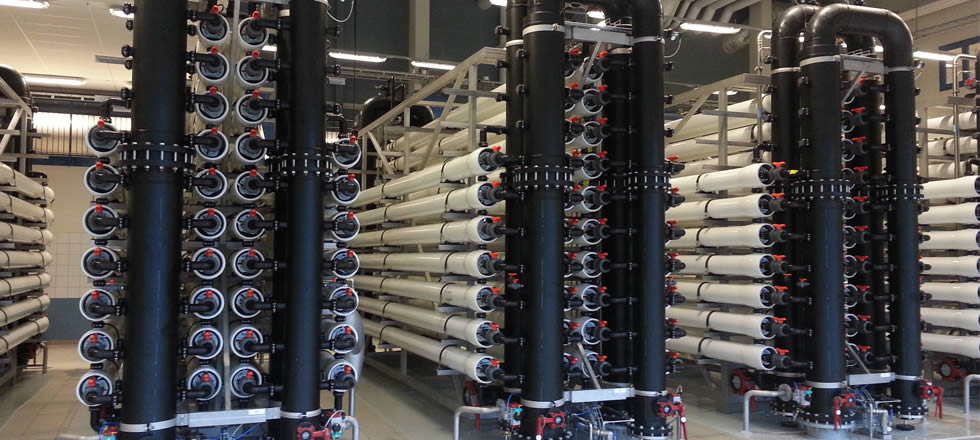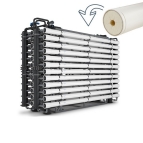- Home
- Case Studies
- Gothenburg
Location
Gothenburg, Sweden
Start-up
2015
Source
Surface water
Construction
Purac, Läckeby Water Group
Application
Potable water production
End-user
Gothenburg, Sweden
Capacity
186 MLD (49 MGD)
BACKGROUND
At the Lackarebäck Water Treatment Works in Sweden, a new ultrafiltration (UF) plant is being built as part of Gothenburg’s major effort to secure clean and safe drinking water for the 500,000 residents of the country’s second-largest city. Within the scope of this project, the Lackarebäck Water Treatment Works’ capacity is being expanded by 40 percent and the quality is improved. In addition to meeting the daily drinking water needs of the city’s residents, the UF membranes being installed will minimize the risk of waterborne diseases as the membranes provide a physical barrier to potential waterborne pathogens.
The system design includes coagulation, sedimentation and filtration of the feed water with granular activated carbon prior to membrane filtration. During winter times, the water temperature comes down to 1°C.
The construction will be completed in three phases with the total production capacity of 186,000 m3/d. After completion, this will be the first UF plant in Sweden and the largest membrane installation in Scandinavia.
membrane integrity testing
Since ultrafiltration is considered as a “stand-alone” process, based on size exclusion, the UF membranes are classified as an independent microbiological barrier, removing bacteria, viruses as well as larger micro-organisms, such as cryptosporidium and giardia.
Historically ultrafiltration membranes are only sample tested for virus removal, since this is an expensive test and it takes up to a week to yield results. Standard integrity testing has an accuracy of 3000 nanometers, more than a 100 times the accuracy needed to confirm virus removal. Integrity testing of UF membranes in a range of particle size corresponding to 20-25 nanometers, is of crucial importance to verify the level of sufficient virus removal.
Virus-like particles (VLPs), is an appropriate method for integrity testing since it enables to quantify naturally occurring ~20 nm particles before and after ultrafiltration. This method is suitable as an indicator of virus removal (control of ≥ 4 log removal). By means of the rapid procedures valuable parameters for testing membrane integrity can be obtained within an hour.
Goteborg Vatten, who developed this technology, is the first company in the world that employs this technology in a full scale potable water production facility.
scope of supply
2176 x Xiga 40 UF membrane
16 x Xiga UF skid, including Codeline membrane housing
RELATED PRODUCTS
Pentair X-Flow Xiga: Ideal solution for large-scale ultrafiltration applications in a small footprint.

